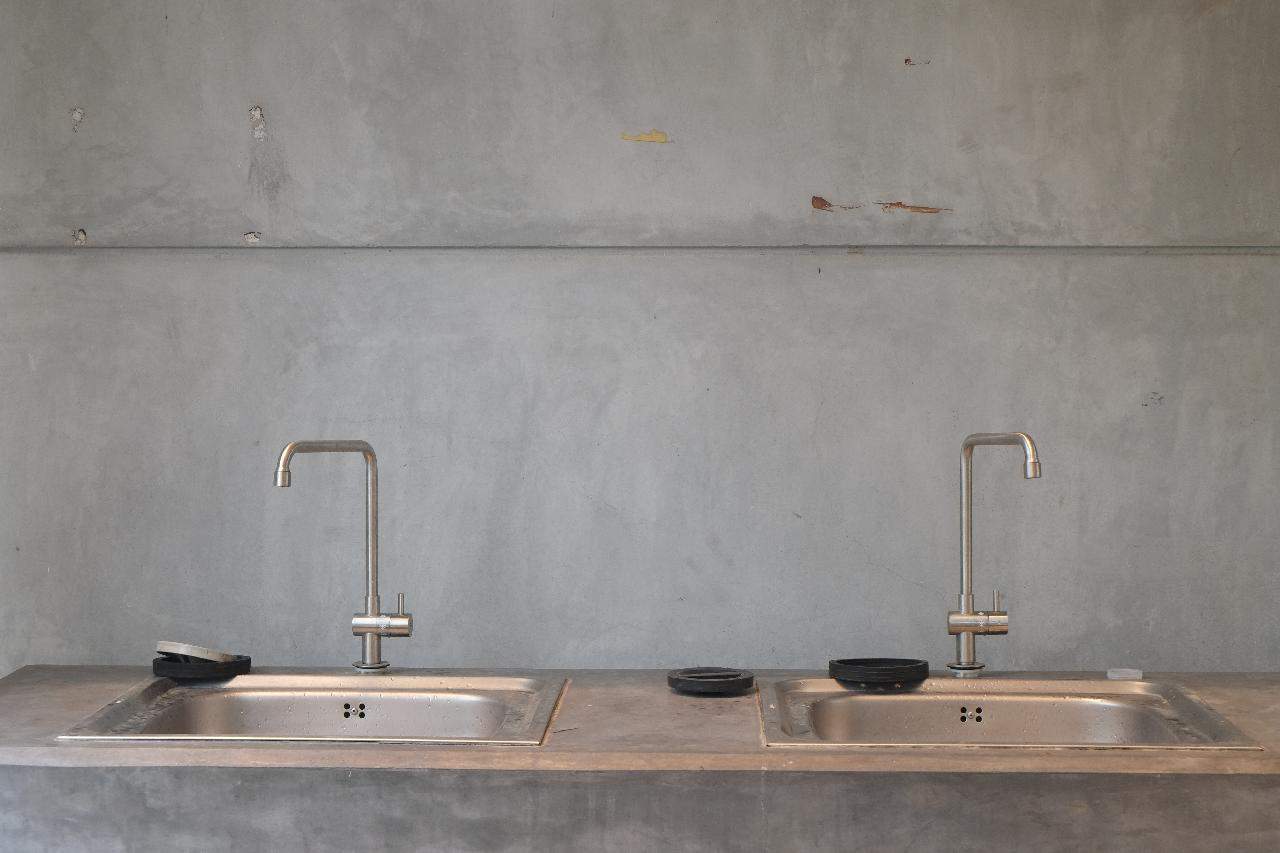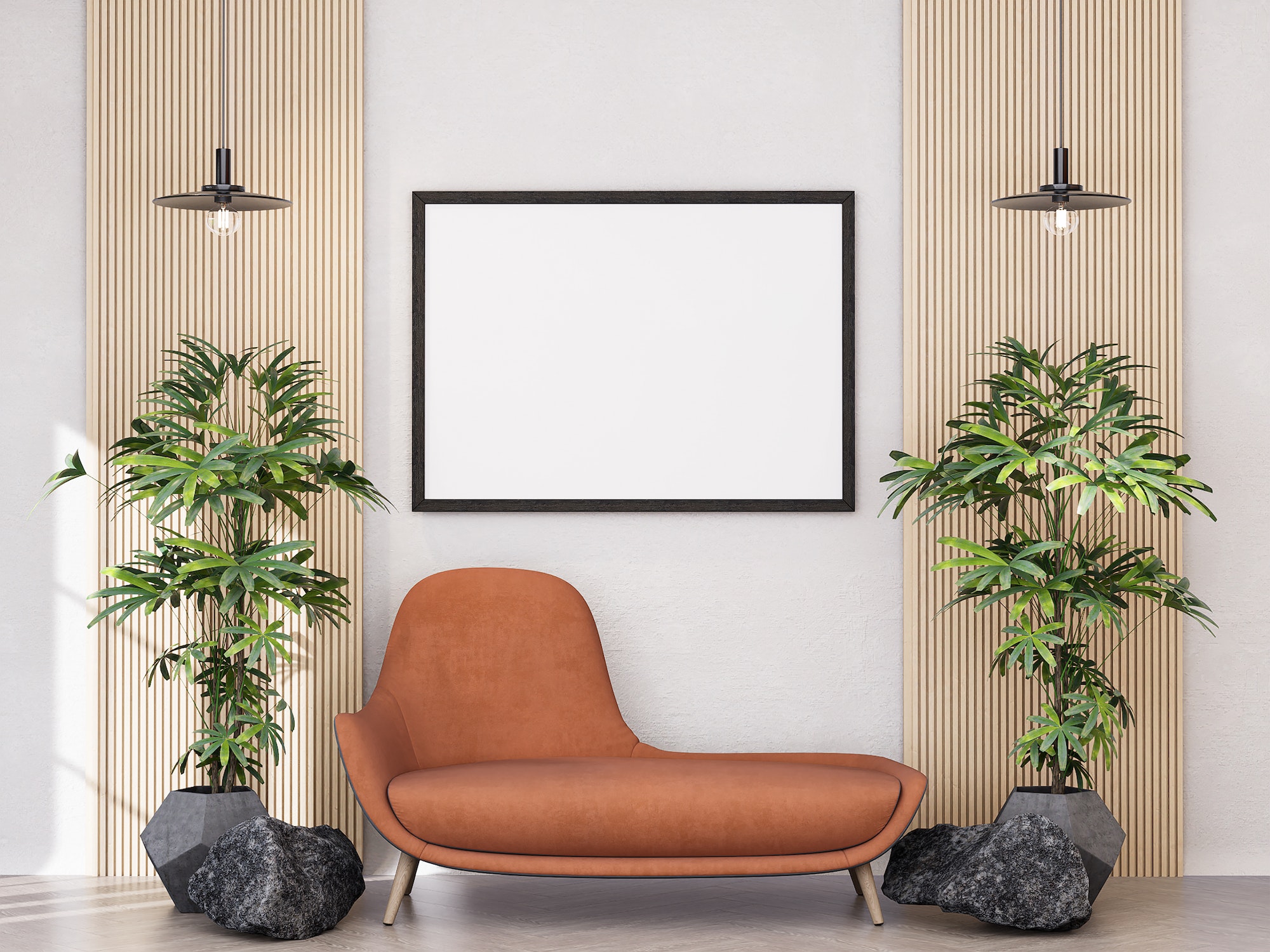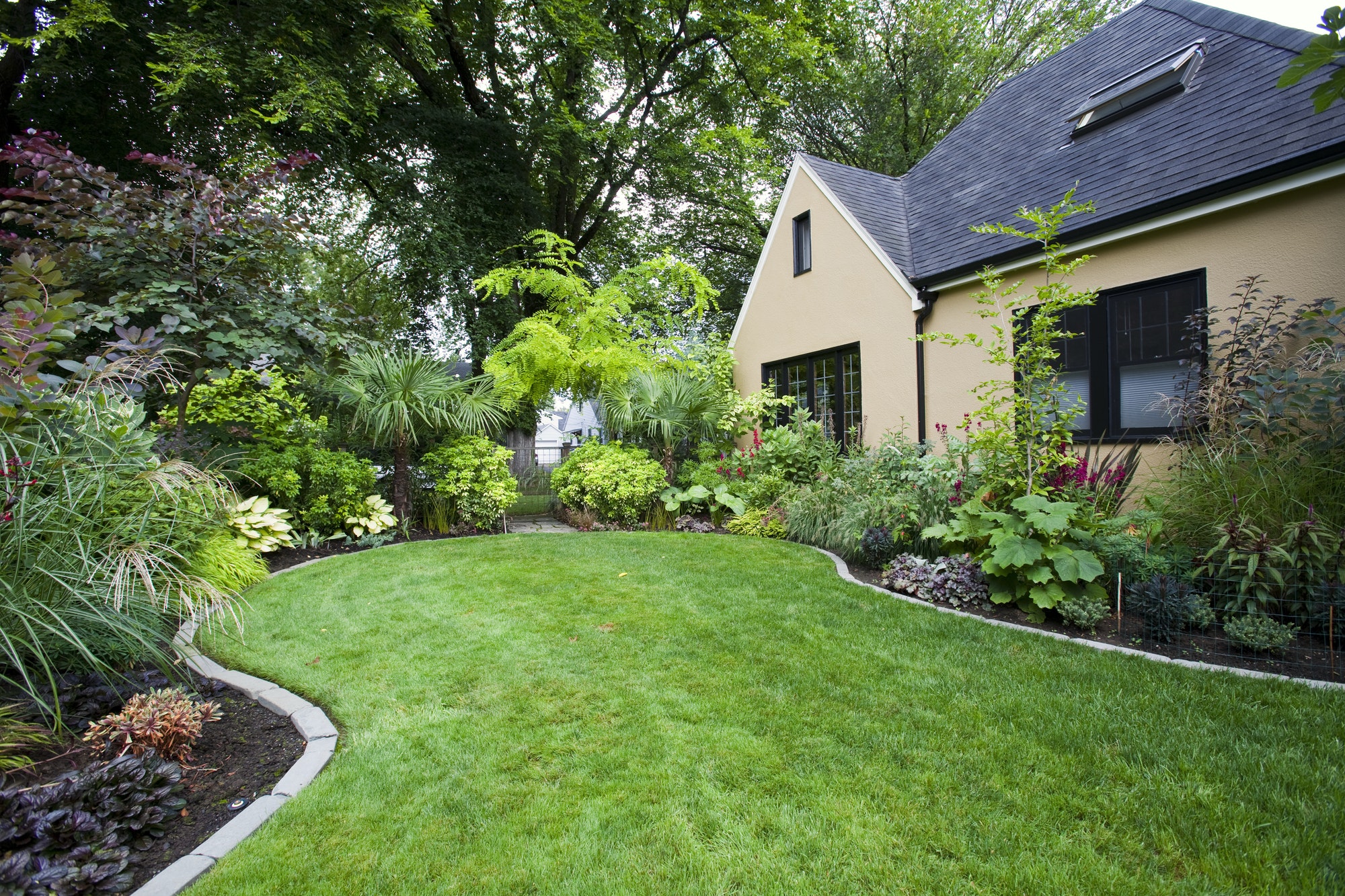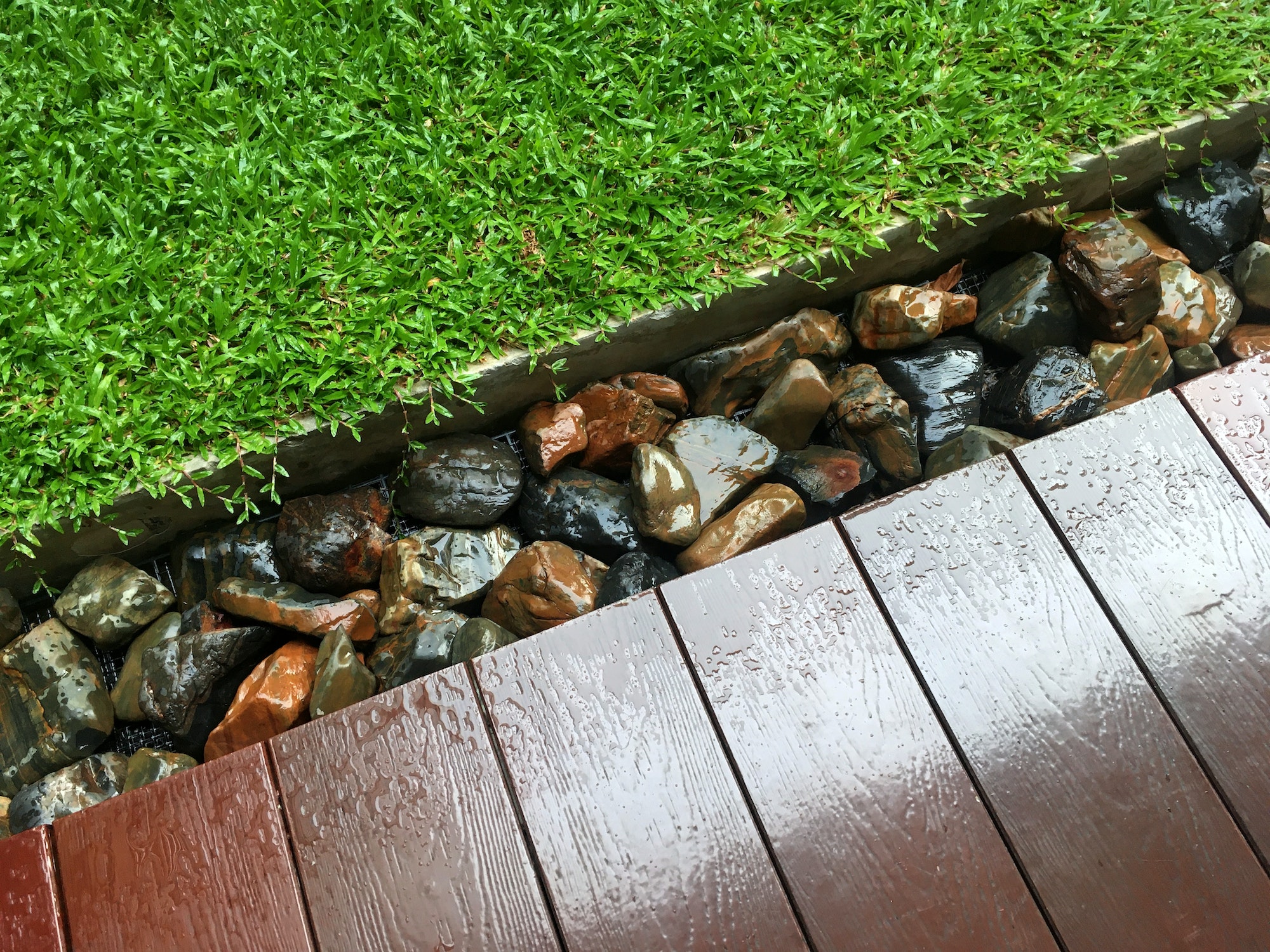Water is the only material we consume more of than concrete.
This ancient material is still being reimagined into new forms after thousands of years of use in architecture, design, and engineering. It’s evolved from a standard building substance to a cutting-edge material in contemporary industrial design.
But, it’s not necessarily easy to integrate into every home.
Form concrete sinks to staircases, here’s everything to know about concrete furniture and design.
Concrete vs. Cement
Concrete and cement are often used interchangeably, but they aren’t the same thing. Cement is an ingredient in concrete. Cement is a material (usually limestone) that undergoes a chemical process called hydration. This process causes it to harden like stone when mixed with water.
Cement mixed with gravel, sand, or stone reinforces the strength of the material. A simple mixture of cement and water will work to create small crafts like vases or jewelry. But, aggregates and structural framings like steel bars or wire are essential for bigger projects.
Choosing the Right Concrete
Unfortunately, industrial concrete production accounts for 8% of global CO2 emissions. This fact has inspired scientists, engineers, and architects to rethink concrete recipes. In hopes to replace unsustainable steps and materials involved in the process.
For the consumer, this means there are more options. Ambitious makers can even experiment with aggregates and ratios to form their own concrete.
The benefit of making a custom concrete is not only quality control and environmental impact, but flexibility. Flexibility means a wider range of cost points to work with. Along with more aesthetics creativity.
Commercialized concrete is limited to offering products that can be mass-produced. Whereas an individual, who isn’t concerned about the replicability and logistics of making their material, has more flexibility.
Micro silica, volcanic ash, slag, recycled plastic, and glass are some of the more sustainable aggregate options commercial concrete producers are trying. Makers can also try using aggregates like post-consumer styrofoam and paper (called papercrete).
The aggregate along with the cement to aggregate and water ratio will impact the durability, functionality, and appearance of the concrete.
There aren’t many options to get around the use of hydrated lime in cement production for manufacturers. But there are more options for the bold and patient. Many makers concerned about the environment have returned to the ancient techniques. The YouTube channel Primitive Technology is a great place to learn more about this.
Types of Concrete
The sleek stone-like finish of concrete immediately creates a minimalistic and modern experience in a space. But grey is far from the only option available.
As mentioned above, the ingredients used in concrete will alter its appearance. For example, black sand or volcanic ash with black stones will result in a chic black concrete with a sheen. Pulverized clear glass, white sand, quartz, and calcite creates a subtly sparkling modern all-white look.
Aggregates from opposite color families create contrast, which creates a grainy, speckled appearance. The size of the aggregates also makes the difference between a product looking like it was made from one solid material or more like Terrazzo.
The way concrete is finished also changes its appearance. Concrete color can be changed with a stain. Different textures can be added using different stain application techniques. This makes it possible for concrete to look like anything.
For example, a solid, brightly colored stain with thick polish will make something look more like its made of a custom colored epoxy than concrete. Using many colored stains and altering the application technique can create a rustic, earthen appearance. Acid stain mixtures can also mimic the appearance of marble, oxidized copper, and other minerals.
Types of Concrete Furniture
Concrete Floors, Walls, Ceilings, and Staircases
Altering one of the largest elements in a room with concrete will transform the style of the space. But it doesn’t come easy, or cheap. These jobs look best when they’re completed by professional designers, architects, or engineers. A gifted and bold hobbyist might be successful.
- Concrete can be laid into flat slabs and integrated into a building’s infrastructure. But, depending on the existing framing, it could need some engineering.
- Concrete tiles offer a lot of versatility since they can be cut, molded, and laid into any shape or pattern. Then used the same way as any tile on nearly any type of surface.
Concrete Sinks and Countertops
Concrete is used in dams that can withstand the pressure of oceans and rivers. For reference, the Hoover Dam, which holds the Colorado River, can withstand 45,000 pounds per square foot. So it’s safe to say concrete can handle a kitchen sink or countertop project.
There are many advantages to concrete sinks and countertops. They’re durable and customizable. In the kitchen concrete countertops and islands can dual as cutting board and prepping spaces. They can be used in bathrooms, kitchens, and laundry rooms.
Concrete sinks and countertops can be a cost-effective (but not cheap) option for skilled hobbyists. Custom molds are easy to make out of pallet boards. Or, recycled sinks and countertops can be finished and altered with concrete.
Concrete Furniture
There are nearly limitless options for concrete furniture. From simple rectangle dining and coffee tables infused with wood and metals to chairs with mind-bending ergonomics that look more like concept art.
Just remember that concrete furniture can be very heavy. So consider the items used when purchasing.
Concrete Accents
The simplest way to integrate concrete into an interior is with simple, but focal accents. A quick search for “concrete DIY” on Pinterest will result in hundreds of tutorials and ideas for concrete lighting, vases, planters, and much more.
Here are some of the easiest and most popular ways to use concrete as an accent piece:
- Lamp bases made from recycled plastic bottles or patched over existing lamp bases
- Pendant lights made from recycled cardboard and plastic molds
- Patch existing shelves with concrete or make original pieces
- Try a picture gallery wall of concrete frames
- Geometric planters, candle holders and coasters can be made out dozens of household items
The Best Design Styles for Concrete
“Contemporary,” “minimal” and “industrial” are all popular design styles that incorporate concrete. Whether it’s a DIY vase made from upcycled plastic water bottles to an entire home’s exterior walls or accent wall look-a-likes.
It’s easier “to know” how to fit concrete into your space when you understand the evolution of design that lead to the present concrete-loving era.
A Brief History of Concrete in Design
The one thing in common with every historical period-drama is that every era displays luxury and opulence in the same form. Ornate, colorful design that transcends architecture, interiors, fashion, media, and fine art.
But, around the time that the Titanic was being conceptualized, movements away from these values began to infiltrate British and American culture. Styles that favored the organic form, quality materials, and simplicity emerged. These “new” ideas were largely a response to the changes happening in society due to the industrial revolution and the spread of imperialism.
Dutch “De Stijl” and German “Bauhaus” styles blew into the American mainstream during the roaring 1920s. These design styles favored geometric form and function. It’s here that the clear foundations of modernism and industrial design were laid.
In the 1960s the concepts of minimalism entered American consciousness as the concepts of Zen Buddhism entered the counterculture. Crisp, less-is-more “international” design also countered the “fake” mass-manufactured lifestyles that were becoming the signature of the American lifestyle.
It wasn’t until the late 1990s that these design ideas were brought back into the spotlight and labeled as “contemporary.”
How to Use Concrete In Design
So what’s the takeaway here? Generally, classic grey, stone-like cement fits best with minimal, modern, and contemporary design styles and their trendy subcategories. Industrial, Japanese Wabi Sabi, Scandinavian, and “Japandi” (a hybrid that merges Japanese Zen elements and Scandinavian design).
But, concrete is not limited to these styles. As mentioned earlier concrete can be altered to not even look like concrete. If a home or building has concrete floors at its foundation, it’s much more affordable to clean and alter that concrete than it is to replace it.
With a good acid stain, a concrete floor with a marbled design can fit seamlessly into the most traditional interiors.
Renovating with Concrete? Yay or Nay?
One of the biggest faux pas of style is trying to follow the whims of every trend that becomes mainstream. Even if its just investing a few hundred dollars in concrete frames for a picture gallery wall. It makes sense to spend time and money on alterations that will last.
Knowing if concrete sinks or floors will still “look good” in 10 years comes back to understanding how design works: as a reflection of the values of society.
At a deeper level, the ethos of the design styles that celebrate concrete seems to align with the collective shift of values in cultural values. Social media and the evolution of virtual reality have created a need for design that’s grounded, environmentally conscious, easy to understand, and connected to the elements.
Interior design and architecture will likely continue to evolve to enhance wellness. From non-toxic materials to ergonomics and disinfecting properties.
Concrete will likely continue to be one of the most consumed resources for thousands of years to come (if we make it that far!). But the ingredients and forms will continue to evolve. The good news is that its durability is unparalleled. This makes it easy to redesign decades from now
Get more on the later trends in building and design. Click over to our home page for more!
Discover more from Futurist Architecture
Subscribe to get the latest posts sent to your email.




